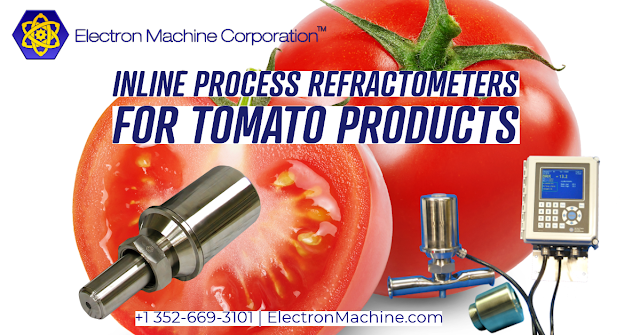The refractometer, an instrument that measures the refractive index of a substance, has long been a staple in labs across various scientific fields. However, the transition of this tool from its conventional lab-bound limitations to vast industrial applications was driven mainly by the innovative efforts of the Electron Machine Corporation under the leadership of its founder, Carl Vossberg, Jr.
Electron Machine Corporation takes immense pride in its distinguished history and entrenched presence in the electronic instrumentation industry. Carl Vossberg, Jr., the brain behind Electron Machine Corporation, pursued electronics at City College of New York, Columbia University, and the Massachusetts Institute of Technology. During WWII, he collaborated with the U.S. Office of Strategic Service (now the CIA), contributing to creating remote radio transponders, artillery tracking systems, weapon fire detection controllers, and video transmission.
Post-war, Carl Vossberg Jr. endeavored to harness his electronics expertise for industrial purposes. He established Electron Machine Corporation in 1946, initially operating out of a radiator repair shop in New York. The company birthed and licensed innovative instruments, such as the first commercial x-ray thickness gauge, optical cable diameter gauges, and an industrial process control computer.
By 1952, Electron Machine Corporation relocated to Umatilla, Florida, where it operates today. Recognizing a gap in the burgeoning concentrated Citrus industry, the company developed the first in-line process refractometer.
Subsequently, they constructed a 25,000-square-foot manufacturing facility, maintaining their roots in Umatilla. In 1977, the mantle passed to Carl Vossberg III, who amplified the refractometer's applications worldwide across the food, chemical, and pulp/paper sectors. With the integration of microprocessor technology, the instruments saw marked enhancements in accuracy and reliability.
Today, under continued third-generation C.A. Vossberg's leadership, the corporation thrives as a vertically integrated manufacturer, ensuring unparalleled service and support by efficiently controlling its manufacturing timeline, leading innovation, maintaining high-quality standards, and fostering partnerships for community engagement.
The company achieves exceptional quality control by integrating contemporary technology and methodologies with foundational designs. Modern advancements at the company encompass in-house microprocessor and DSP software design, surface-mount PC card design and assembly, 3D CAD/CAM design, CNC machining, and MIG/TIG welding. Moreover, the founder's pioneering spirit remains alive and influential, guiding the company's ongoing research and product development endeavors.
Electron Machine Corporation
https://electronmachine.com+1 352-669-3101






